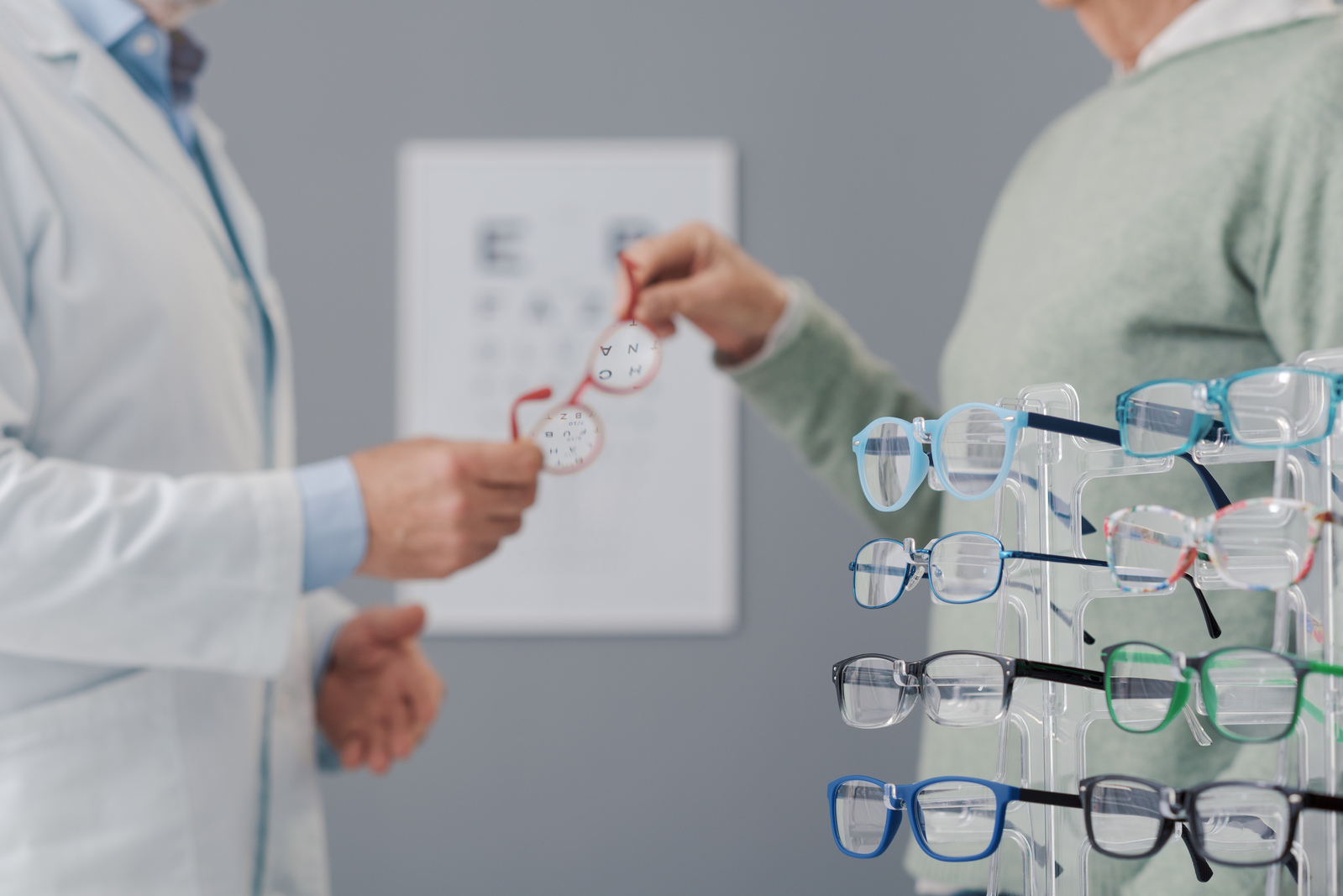Adaptive Eyewear Designs for Correcting Refractive Errors
Introduction
Adaptive eyewear designs for correcting refractive errors have evolved significantly to provide personalized solutions for individuals with conditions such as nearsightedness, farsightedness, astigmatism, and presbyopia. These designs incorporate various technologies and features to optimize vision correction, enhance comfort, and accommodate diverse visual needs. Let’s explore some of the key adaptive eyewear designs tailored to correct refractive errors:
Adjustable Lens Technology
Variable Focus Lenses:
- Variable focus lenses utilize innovative mechanisms to change the lens power dynamically, catering to individuals with presbyopia who require different focal lengths for near and distant vision.
- These lenses may employ liquid crystal or mechanical adjustments to alter the curvature or refractive index, providing clear vision across multiple distances.
Accommodative Lenses:
- Accommodative lenses mimic the natural focusing ability of the eye by dynamically adjusting their curvature in response to changes in viewing distance.
- These lenses utilize advanced optics or electroactive polymers to adapt to varying focal lengths, offering seamless transition between near and distant vision.
Customized Prescription Lenses
Personalized Lens Profiles:
- Advanced digital technology allows for the creation of custom lens profiles based on precise measurements of the individual’s refractive error, corneal curvature, and visual preferences.
- These personalized lenses optimize visual acuity and reduce aberrations, ensuring precise correction tailored to the wearer’s unique requirements.
Wavefront-guided Optics:
- Wavefront-guided eyewear designs utilize wavefront analysis to assess and correct higher-order aberrations in addition to traditional refractive errors.
- By addressing subtle irregularities in the optical system of the eye, these lenses improve visual quality and enhance contrast sensitivity, especially in low-light conditions.
Digital Enhancement Features
Anti-fatigue Technology:
- Adaptive eyewear may incorporate anti-fatigue features such as lens coatings or designs that minimize digital eye strain associated with prolonged screen use.
- Blue light filtering coatings and glare reduction technologies help alleviate visual discomfort and promote comfortable viewing, particularly for individuals with near work-related refractive issues.
Dynamic Light Adaptation:
- Some adaptive eyewear designs integrate sensors or photochromic properties to automatically adjust lens tint in response to changing light conditions.
- By optimizing contrast and reducing glare, these lenses enhance visual comfort and clarity both indoors and outdoors, catering to individuals with light-sensitive refractive errors.
Modular and Customizable Frames
Interchangeable Components:
- Modular eyewear frames feature interchangeable temples, bridges, and lens attachments, allowing users to customize their eyewear according to style preferences and comfort requirements.
- These adaptable designs accommodate different face shapes and sizes, ensuring optimal fit and stability for individuals with diverse facial features.
Ergonomic Design Elements:
- Adaptive frames may incorporate ergonomic design elements such as adjustable nose pads, temple arms, and frame materials to enhance comfort and reduce pressure points.
- By optimizing weight distribution and fit, these frames minimize fatigue and discomfort associated with prolonged wear, particularly for individuals with higher prescription needs.
Conclusion
Adaptive eyewear designs for correcting refractive errors combine advanced technologies, customized features, and ergonomic considerations to provide tailored solutions that optimize vision quality and comfort. Whether through adjustable lens technology, personalized prescription lenses, digital enhancement features, or modular frame designs, these innovations cater to the diverse visual needs of individuals while addressing specific challenges associated with refractive errors. As technology continues to advance, the future of adaptive eyewear holds promise for even more sophisticated solutions that further improve vision correction outcomes and enhance the overall wearing experience.
World Eye Care Foundation’s eyecare.live brings you the latest information from various industry sources and experts in eye health and vision care. Please consult with your eye care provider for more general information and specific eye conditions. We do not provide any medical advice, suggestions or recommendations in any health conditions.
Commonly Asked Questions
The future of adaptive eyewear is promising, with ongoing research focusing on improving technology, affordability, and accessibility to deliver enhanced vision correction solutions for all.
While advancements are continually being made, challenges such as durability, regulatory hurdles, and accessibility may pose limitations to some adaptive eyewear solutions.
Consulting with an eye care professional can help determine the most suitable adaptive eyewear options based on your refractive error, lifestyle, and preferences.
Yes, certain adaptive eyewear designs incorporate blue light filtering coatings to reduce exposure to harmful blue light emitted by digital screens.
Yes, adaptive eyewear designs can accommodate progressive refractive errors by offering customizable lenses that adjust to varying prescription strengths.
While some adaptive eyewear technologies may come at a higher cost, efforts are being made to improve affordability and accessibility through innovation and manufacturing efficiencies.
Smart materials like shape memory alloys and liquid crystal polymers enable dynamic adjustments in frame fit and lens properties, enhancing adaptability and functionality.
Customizable features allow users to tailor their eyewear for optimal comfort and vision correction, meeting individual preferences and needs.
Yes, adaptive eyewear designs cater to various refractive errors including nearsightedness, farsightedness, astigmatism, and presbyopia.
Adaptive eyewear designs incorporate advanced technologies and customizable features to offer personalized solutions for refractive errors, unlike traditional glasses.
news via inbox
Subscribe here to get latest updates !








